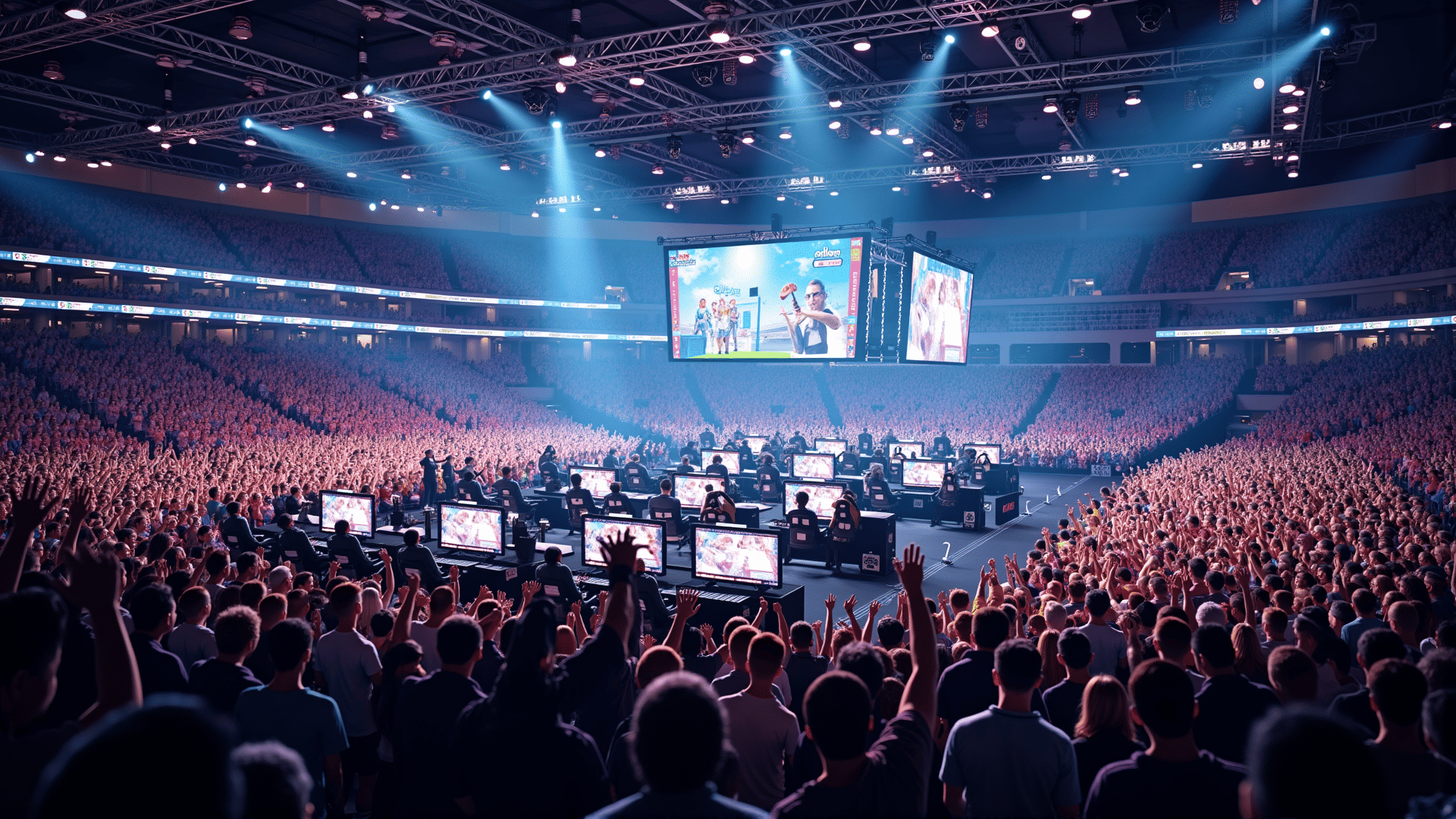Once confined to niche communities, esports has rapidly evolved into a global phenomenon, captivating audiences and establishing its place as a major force in the entertainment industry. Originally, video game tournaments were small gatherings held in arcades or college dorms, but today they fill massive arenas and attract millions of viewers online. This explosive growth is driven by several factors, including technological advancements, increased access to high-speed internet, and the passion of a dedicated global community.
The early 2000s marked a significant turning point for esports as broadband internet became more accessible, enabling players from different regions to compete without latency issues. This leveling of the playing field led to the rise of competitive leagues that formalized the structure of esports tournaments. Games like Counter-Strike, Starcraft, and DotA began to emerge as staples of competitive gaming, setting the groundwork for the titles that dominate the scene today.
Key to the proliferation of esports has been the rise of streaming platforms such as Twitch and YouTube. These platforms have democratized the ability to watch and participate in esports, turning casual gamers into dedicated fans. Through live streaming, viewers can experience the thrill of competition and witness the strategy and skill that professional players showcase. This accessibility has contributed to a surge in popularity, with millions of fans tuning in for international events like The International, the League of Legends World Championship, and the Fortnite World Cup.
The appeal of esports goes beyond just gameplay. It is a cultural movement that resonates with younger audiences who view gaming as an integral part of their identity. The community surrounding esports is vibrant and diverse, fostering inclusivity and offering a sense of belonging to those who may feel alienated from traditional sports. This cultural shift is reflected in the support from mainstream sponsors, media outlets, and even educational institutions, some of which offer scholarships for esports athletes.
The economic impact of esports is profound. In 2021, the industry was estimated to be valued at over $1 billion, with continued projections of growth. Investments from major corporations, endorsements, and advertisement revenue have fueled this financial boom. Professional players not only earn substantial prize money but also brand deals and sponsorships, turning gaming into a viable career option. Teams are now managed with the same professionalism seen in traditional sports, complete with coaches, analysts, and support staff.
Moreover, the global reach of esports cannot be understated. International tournaments often feature teams from diverse regions, showcasing different styles of play and strategies. This international interaction has made esports a unifying force, bringing together players and fans from various cultures under the shared passion for gaming.
The growth of esports has also prompted discussions about its recognition as a legitimate sport, with its inclusion in multi-sport events like the Asian Games. Despite some resistance, the debate continues to evolve as more traditional sports organizations invest in esports, reflecting their acknowledgment of its significance and potential.
In conclusion, what began as a pastime for a select few has blossomed into a global industry that commands the attention of millions. The rise of esports is a testament to the changing landscape of entertainment, where digital interaction and community-centric experiences are at the forefront. As technology continues to advance and the community keeps growing, the momentum behind esports shows no sign of slowing down, promising an exciting future for both players and fans worldwide.
